
Upon first seeing the blog Banana Emoji, you don’t really know what you will get. It’s not only the name that intrigues, it’s also the wide range of posts varying from personal accounts on turning 30, to a fashion editorial about what to wear to your corporate job.
The brain behind Banana Emoji is Tanlume Enyatseng. From as young as seven years old, he was entering writing competitions. At ten he’d attempted his first horror film script and at 16 he wrote his first novel: an erotic tale set in the affluent suburb of Phakalane in Gaborone, Botswana. That’s where he runs Banana Emoji, his little corner of the internet where his thoughts are free to roam.
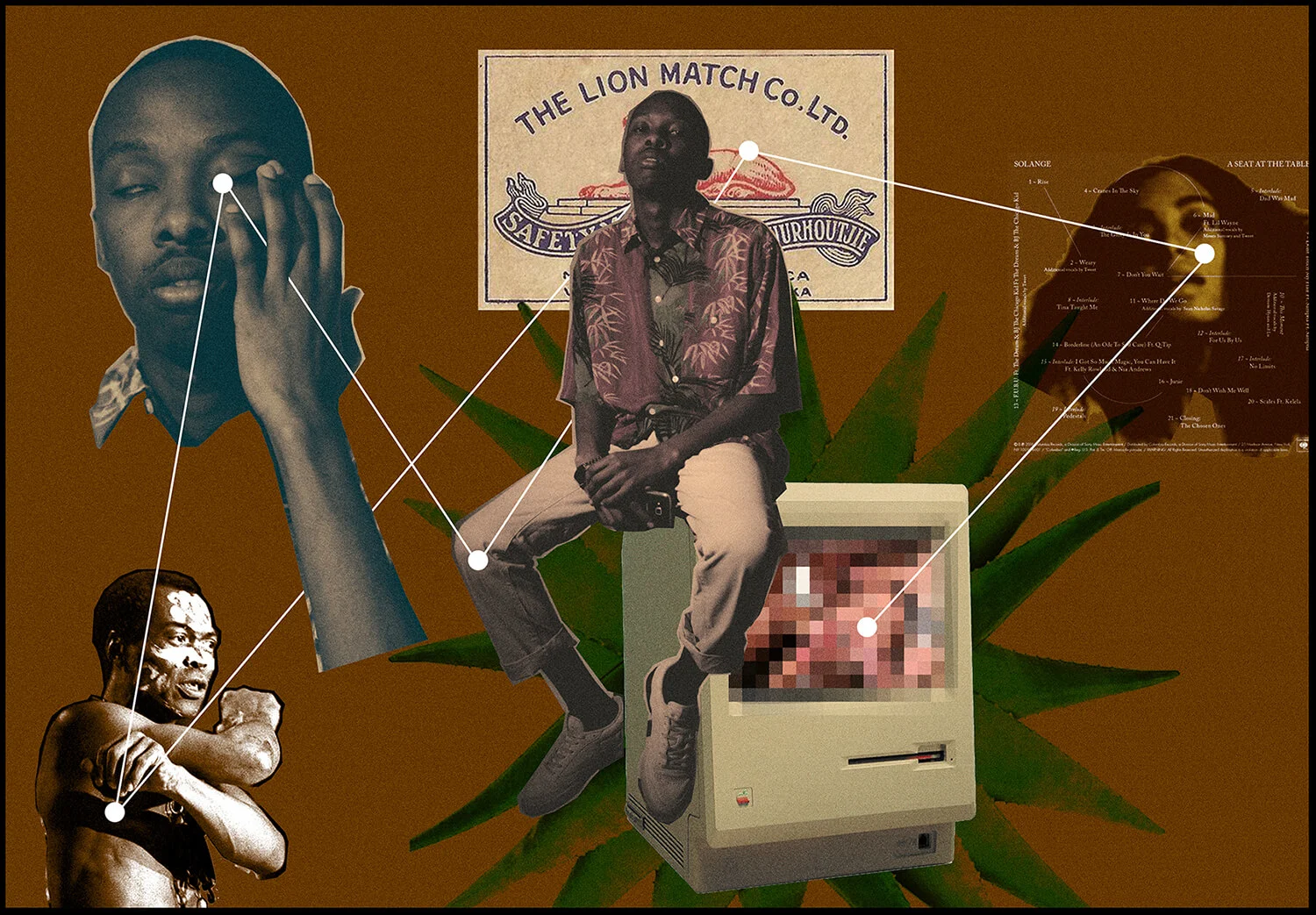
Banana Emoji illustrates today’s evolving culture through art, social commentary, fashion and humor. Tanlume writes from a personal point of view on anything from the fear of ageing as a millennial to being young, gifted and black in Africa. To his articles he adds inspiring fashion editorials, which he styles and sometimes features in himself. He teams up with long-time collaborator, photographer Giancarlo Calaméo La Guerta to shoot these stories, which lend the blog its distinct, edgy aesthetic.
In Botswana, young people get a bad rap for being lazy or complacent, but Tanlume believes the youth in the country are shaping their own destinies. He runs his site in the hours after his nine to five job in PR.
He says that in Gaborone, individuality isn’t always well-received. “I wish to use Banana Emoji to share stories through my own voice, through my own understanding of what life is and have it be a space for anyone that isn’t doing what’s conventional or on-trend to feel normal. For every boy and girl who feels as though they aren’t fairly represented in society.”
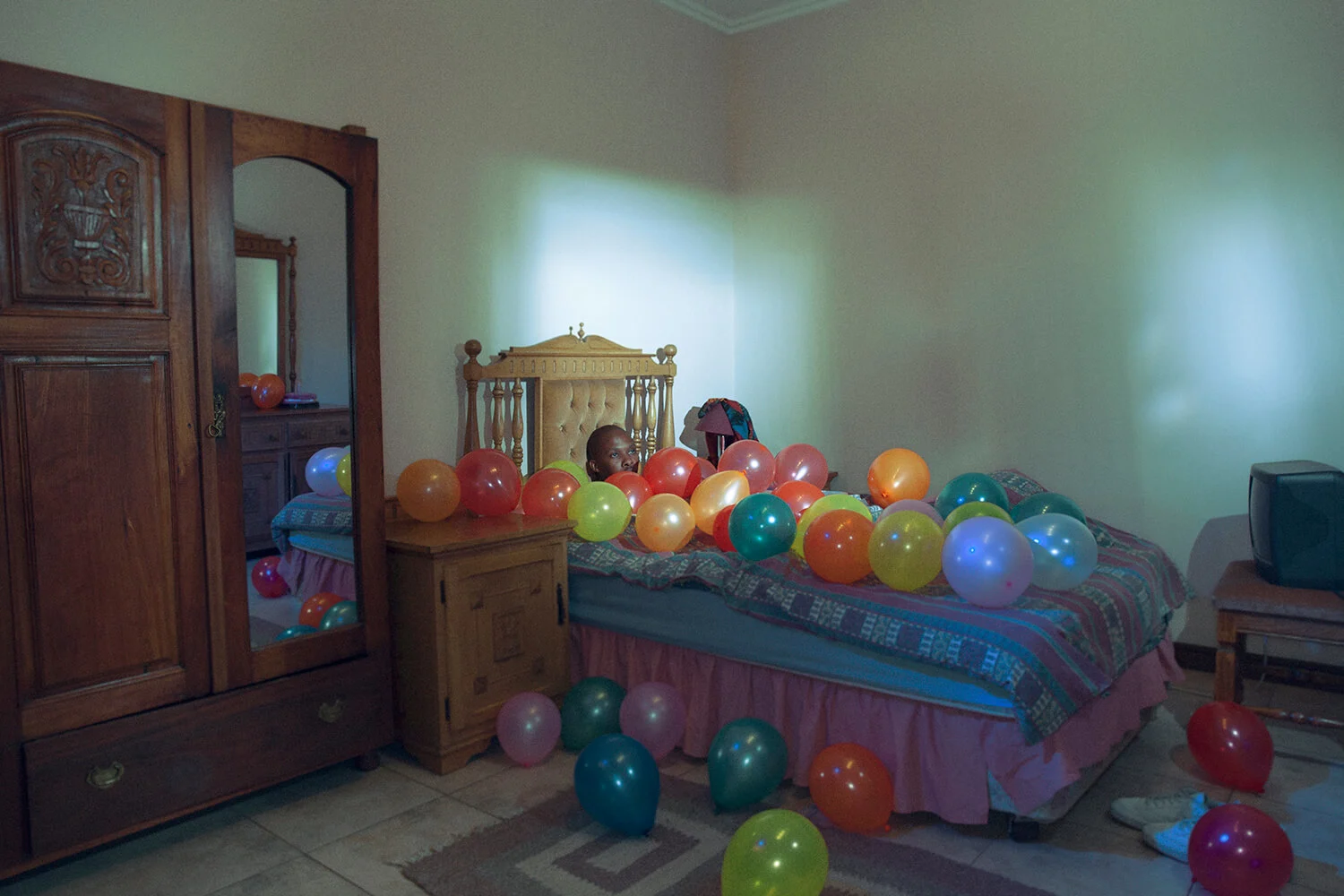
Everything for Tanlume begins with writing. Any new thought he has finds its way onto paper. As he rereads what he’s written he’ll note down references or thoughts that come to mind which become cues for the visuals, most of which are inspired by cinema.
“Film is life,” Tanlume says. “It breathes, it sweats, it cries, it drips, it pulsates, and it lives.” He thanks directors like David Lynch, Gregg Araki, Stanley Kubrick, Alfred Hitchcock and Lars Von Trier for shaping how he approaches his work.
Just like there’s a structure in film, Tanlume’s posts follow a similar route. “I share stories. A story implies that there is a narrative arc — some sense of drama and enlightenment and some journey and some reward or question that you're going to be left with.”
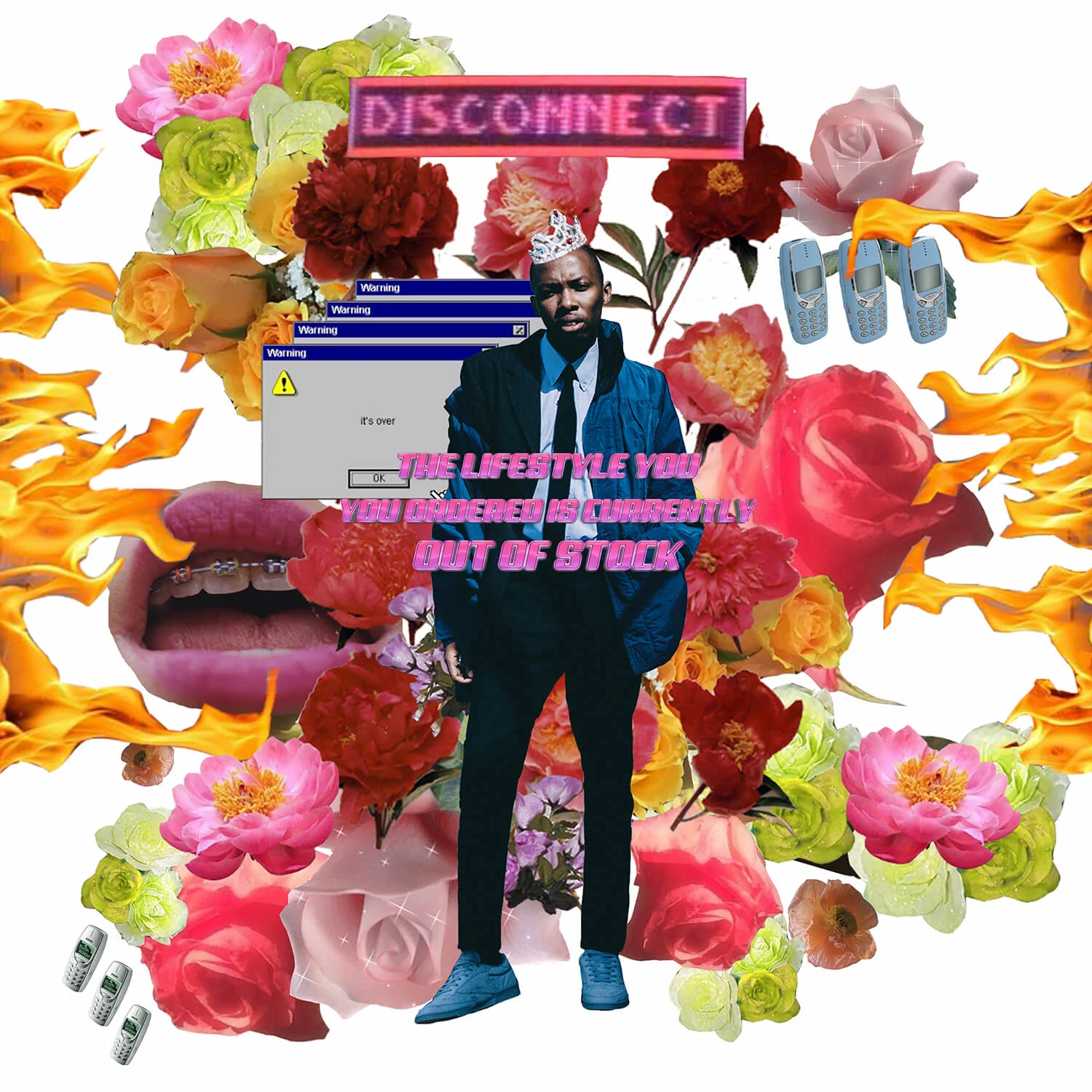
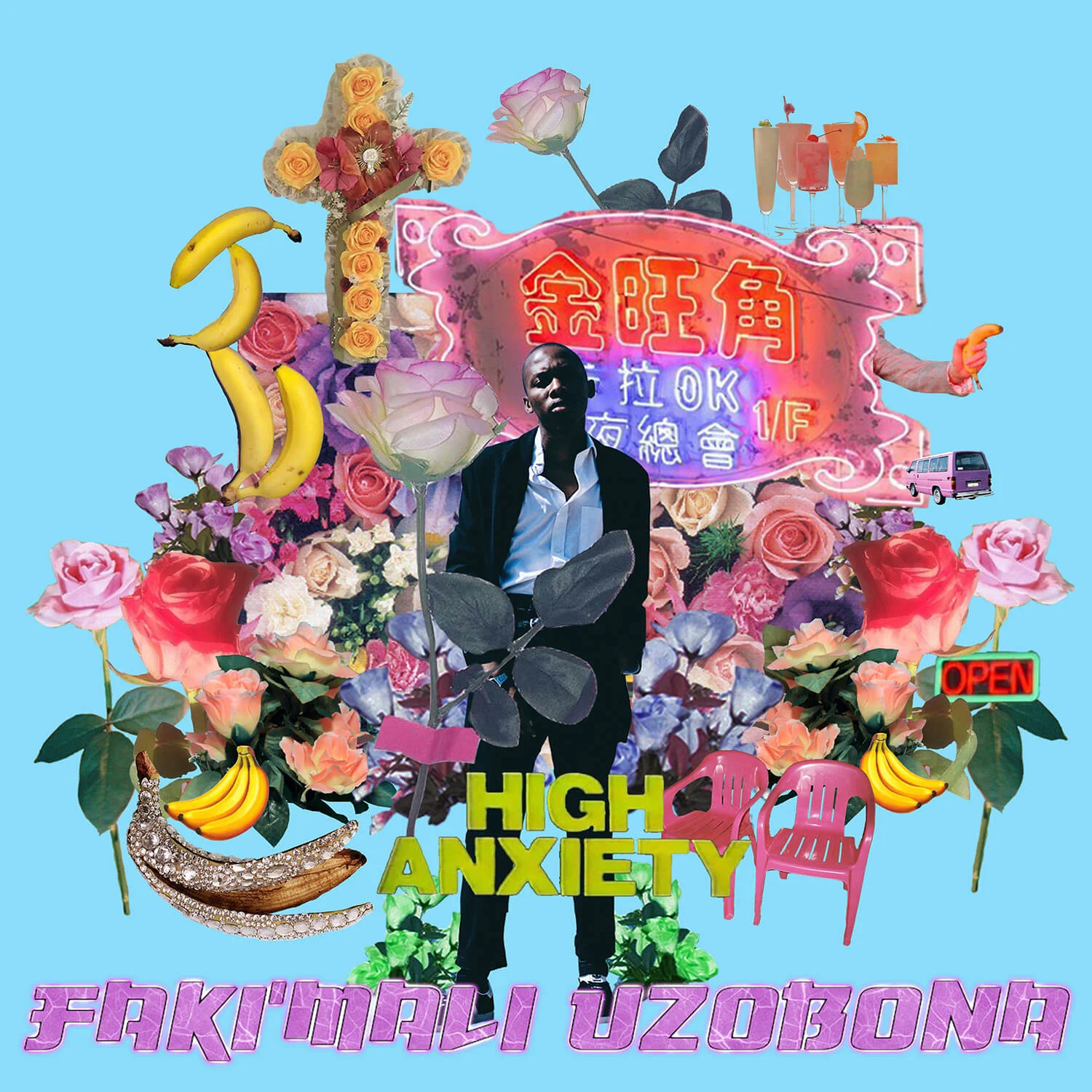
It was his formal employment that inspired his series Corporate Fish. “I had the worst writers block and felt quite uninspired, so I decided to do a silly post about what to wear to your corporate gig without losing your individuality,” he says.
Once Giancarlo shot the editorial, Tanlume collaborated with South African collage artist Blünke Janse van Rensburg. Layering her cultural cut-outs over the images aptly displays Tanlume’s current frustrations with adulting. One collage sports a number of Nokia cellphones. “I work in communications and a lot of what I do everyday is speak to people on the phone,” Tanlume says.
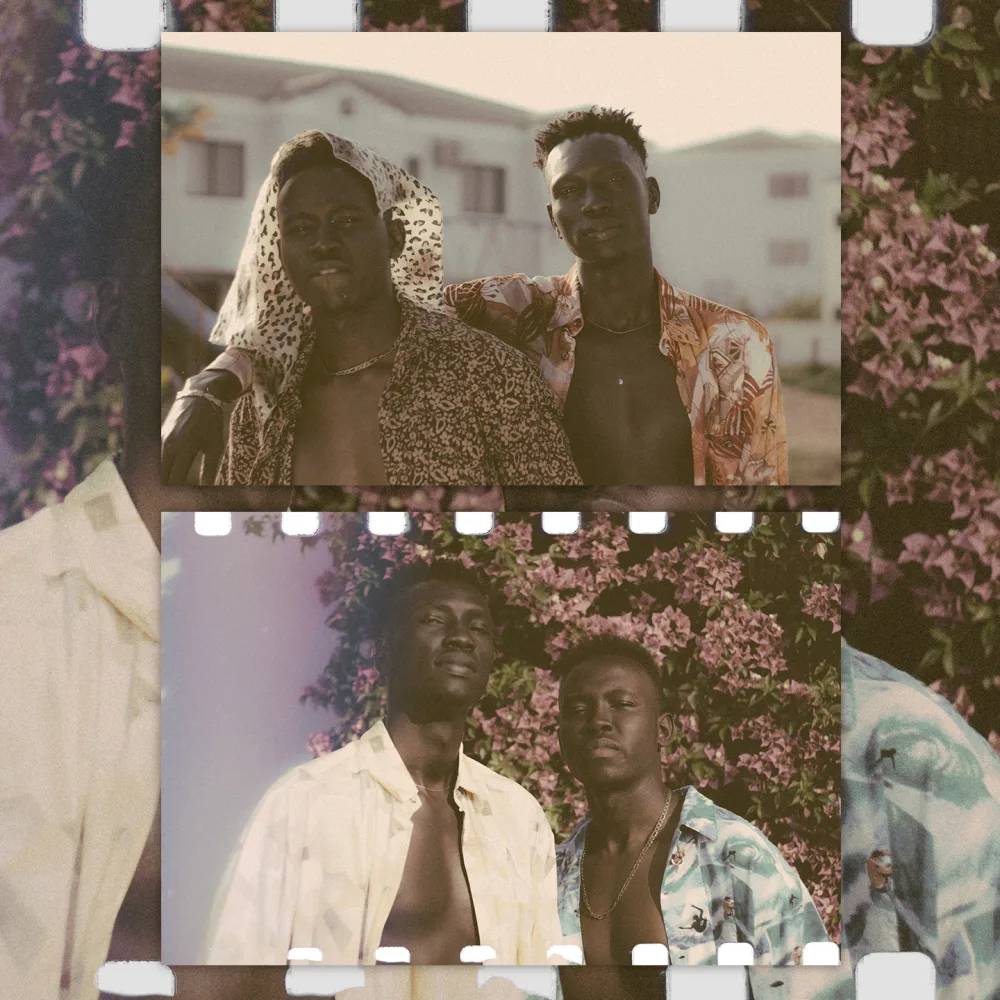
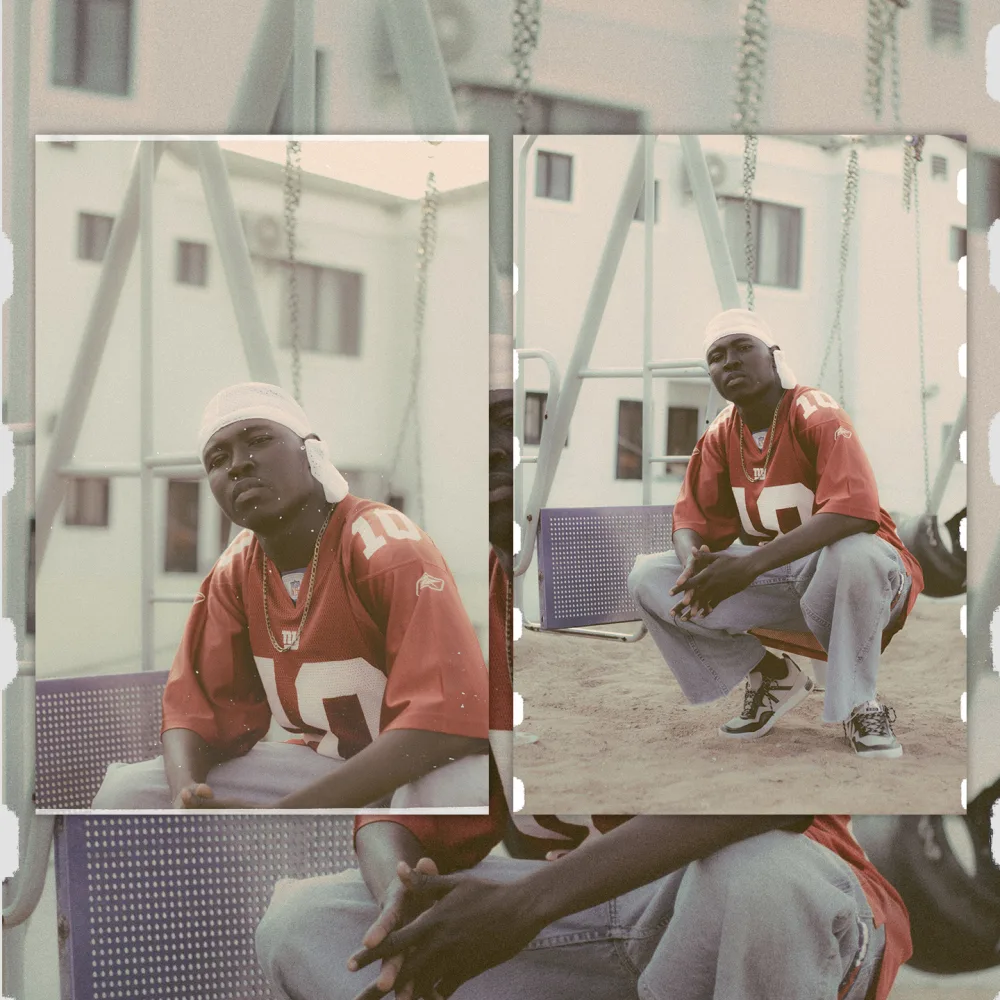
In his story Buying Black, Tanlume writes about the post-colonial economy in Botswana in response to reading Chika Onyeani’s controversial book Capitalist Nigger . The visuals are inspired by a madcap combination of a mid-nineties Shakespeare remake and rapper 50 Cent.
“With the visuals I wanted to create an editorial that pokes fun at (challenges) black culture and spending habits,” he says. “I took inspiration from Baz Luhrmann’s Romeo + Juliet, which was one of my first glimpses at consumerism in modern film.
“In the film, The Capulets and Montagues are each other’s competition business-wise, and that is why Romeo and Juliet can’t be together. All throughout the film consumerism is seen, in advertisements and media. When I think of black consumerism at its height it was the “bling-bling” era, which was heavily inspired by hip hop (i.e. 50 Cent, G-Unit). This era showed conspicuous consumption and represented one of the most striking characteristics of contemporary African consumerism.”

Giancarlo shot the beautiful, hazy, grain-filled photographs drawing the viewers in. “Giancarlo is exceptionally talented and what I most love about working with him is that he indulges my crazy,” Tanlume says. “I could come to him with the wildest concept and his response will always be, Cool. When do you want to shoot?”
Tanlume calls blogging a passionate accident; something he fell into which he happens to love. Self-publishing has become his vital escape from the jobs that pay the bills, and he is embracing the freedom it allows. “I have made every single decision based on what I like before thinking about how people will perceive it,” he says.
“I’m just listening to my needs in terms of expression. I’ve missed my own deadlines. I’ve taken pictures smoking and shooting toy guns. I wrote a blog post about loving boys. But this all has contributed to the Banana Emoji magic and has set my brand apart from anything else that you have seen produced in this country.”
Words by Alix-Rose Cowie.